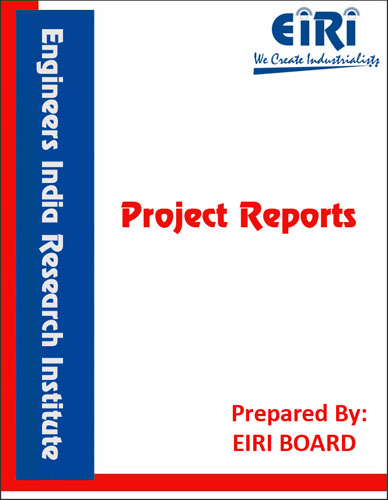STAINLESS STEEL PIPE/TUBE (POLISHED) IN DIFFERENT SHAPES SUCH AS ROUND, ELLIPSE, CAPSULE, SQUARE ETC.
The project report includes Present Market Position and Expected Future Demand, Market Size, Statistics, Trends, SWOT Analysis and Forecasts. Report provides a comprehensive analysis from industry covering detailed reporting and evaluates the position of the industry by providing insights to the SWOT analysis of the industry.
We can prepare PROJECT REPORT as per your INVESTMENT PLAN for BANK LOAN REQUIREMENT and INDUSTRY ANALYSIS. All reports are prepared by highly qualified consultants and verified by a panel of experts.
Have Query? Click Here to Chat
Industry Expert is Online, Chat with him for more detail.

Stainless steels are iron-based alloys usually containing at least 11.5% chromium. Other elements, nickeI being the most Important, may be added in combination with chromium to obtain special properties.
Stainless steels are highly resistant to corrosive attack and to oxidation at high temperatures. in general, resistance to corrosion and oxidation increases progressively, though not proportionately, with the increase in chromium content.
Stainless steel pipe and tubing are used for a variety of reasons: to resist corrosion and oxidation, to resist high temperatures, for cleanliness and low maintenance costs, and to maintain the purity of materials which come In contact with stainless. The inherent characteristics of stainless steel permits the design of thin wall piping systems without fear of early failure due to corrosion. The use of fusion welding to join such piping eliminates the need for threading.
Type 304 stainless is the most widely used analysis for general corrosive resistant tubing and pipe applications, it is used in chemical plants, refineries, paper mills, and food processing industries. Type 304 has a maximum carbon content of .08%. It is not recommended for use in the temperature range between 800° F and 1650° F due to carbide precipitation at the grain boundaries which can result in inter-granular corrosion and early failure under certain conditions.
Type 304L. Is the same as 304 except that.03% maximum carbon content is maintained which precludes carbon precipitation and permits the use of this analysis in welded assemblies under more severe corrosive conditions. Type 318 is much more resistant to pitting than other chromium nickel alloys due to the addition of 2% to 3% molybdenum. it is particularly valuable wherever acids, brines, sulphur water, seawater or halogen salts are encountered. Type 316 is widely used in the sulphite paper industry and for manufacturing chemical plant apparatus, photographic equipment, and plastics.
INTRODUCTION
SIZES OF PIPES
RAW MATERIAL
PHYSICAL PROPERTIES OF PIPING MATERIALS
USES AND APPLICATION
B.I.S. SPECIFICATION
MARKET SURVEY
EXPORTS OF STAINLESS STEEL PIPE
IMPORTS OF STAINLESS STEEL PIPE
MANUFACTURERS/SUPPLIERS OF S.S. PIPE AND TUBE
MANUFACTURING PROCESS
PROCESS FLOW CHART
QUALITY CONTROL
PLANT AND MACHINERY
PLANT LAYOUT
SUPPLIERS OF PLANT AND MACHINERY
SUPPLIERS OF RAW MATERIALS
APPENDIX – A:
1. COST OF PLANT ECONOMICS
2. LAND & BUILDING
3. PLANT AND MACHINERY
4. FIXED CAPITAL INVESTMENT
5. RAW MATERIAL
6. SALARY AND WAGES
7. UTILITIES AND OVERHEADS
8. TOTAL WORKING CAPITAL
9. COST OF PRODUCTION
10. PROFITABILITY ANALYSIS
11. BREAK EVEN POINT
12. RESOURCES OF FINANCE
13. INTEREST CHART
14. DEPRECIATION CHART
15. CASH FLOW STATEMENT
16. PROJECTED BALANCE SHEET



